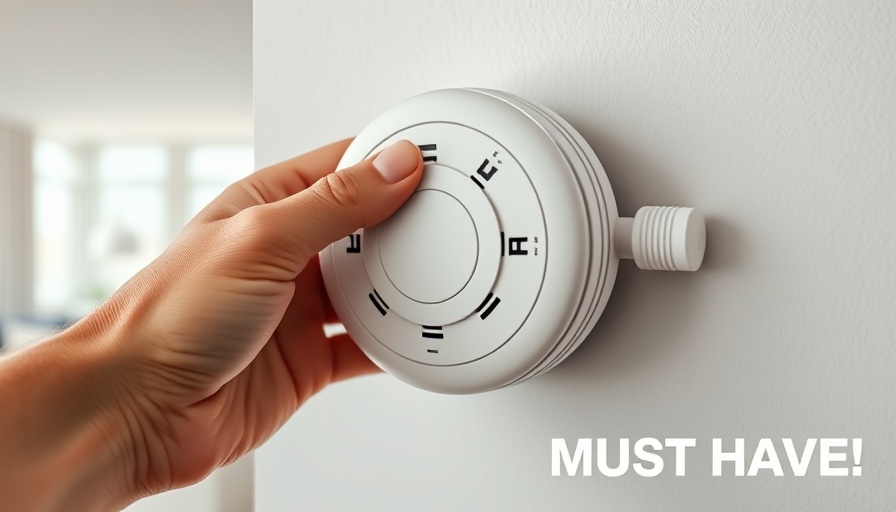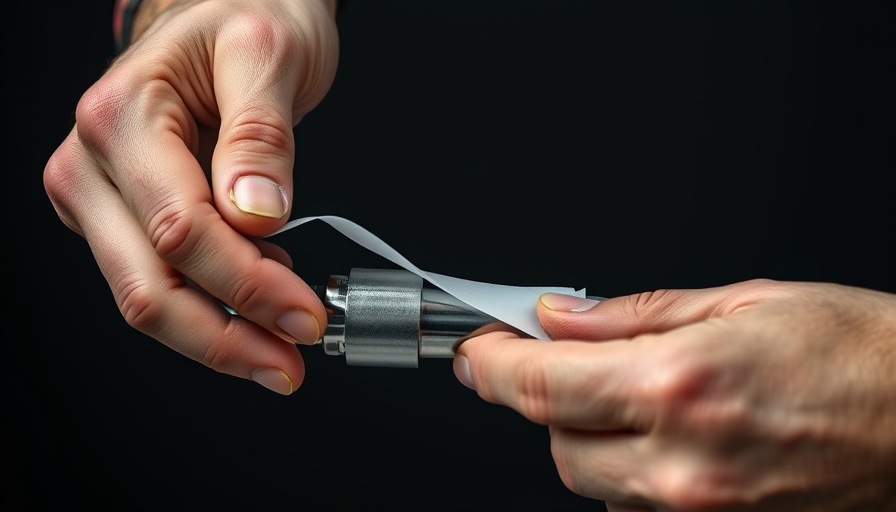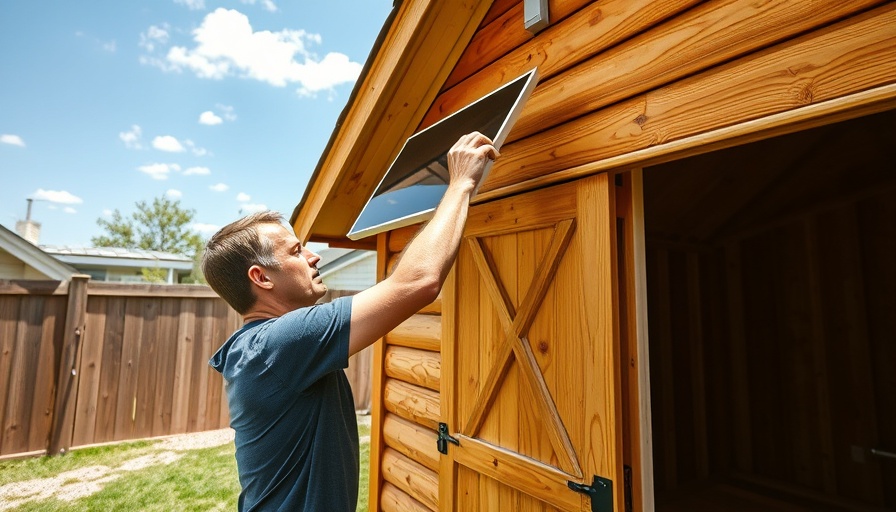
Why Regular Smoke and Carbon Monoxide Detector Maintenance is Essential
Home safety is paramount, and understanding the importance of maintaining smoke and carbon monoxide detectors can significantly elevate your family's safety. These detectors are the first line of defense against fire and CO poisoning and play a critical role in safeguarding your home. Despite their significance, many homeowners are unaware of their detectors' lifespan, typical functionality checks, and how to troubleshoot common issues. This knowledge can not only save lives but can also help avoid costly mistakes in handling these crucial devices.
In the video 'Replacing a Failed Hard-Wired Smoke or Smoke/CO Detector | Fast Easy DIY', the importance of understanding the replacement process and common hurdles is thoroughly discussed, prompting us to delve deeper into practical tips for homeowners.
Steps to Ensure a Smooth Wiring Process When Replacing Detectors
In the video Replacing a Failed Hard-Wired Smoke or Smoke/CO Detector | Fast Easy DIY, the importance of a seamless replacement process is highlighted. One of the first steps in replacing any detector is confirming the lack of power to avoid electrical hazards. Using a non-contact voltage tester is invaluable not only for safety but to also ensure that the device replacement will be smooth. When you’re ready to install the new unit, deciding whether or not to rewire will depend on whether the new unit's pigtail matches the old one. Adaptors are available and can save time. It's always best to err on the side of caution: if in doubt, read the instructions and reference additional resources.”
The Importance of Choosing the Right Replacement Detector
When selecting a replacement unit, the video recommends sticking to reputable brands like Kidde and First Alert, typically found at major retailers like Home Depot and Lowe’s. However, choosing the right detector hinges on understanding the differences in options such as whether the unit includes an integrated battery or replaceable batteries. The video reveals that integrated battery detectors, while convenient, may not appeal to everyone, as reflected in the poll results shared; two in three viewers prefer units with replaceable batteries. This decision factors into not just cost and convenience but also personal preference and ease of maintenance.
Replacing Detectors: A DIY Challenge Worth Exploring
Engaging in a DIY project to replace your hardwired smoke or smoke/CO detector can empower homeowners and promote safety awareness. While the process may seem daunting, the video has broken down the steps into manageable parts. Using the correct tools, such as lever wire nuts, can facilitate a more secure connection than traditional wire nuts, which can often lead to loose connections over time. The satisfaction of completing the installation yourself cannot be overstated, as this accomplishment helps ensure your home remains safe from fire and toxic gas threats.
Common Pitfalls and Why Planning Ahead Matters
Planning ahead for this DIY project can curb common pitfalls that may occur. Ensuring clean hands will prevent smudging your ceiling while removing detectors. Additionally, understanding that many detectors have a service life of approximately 10 years is crucial for maintaining your home’s safety. This timeline further supports the importance of seasonal checks, as mentioned in the home maintenance checklist, which can serve as an excellent reminder to tackle this important task!
Final Thoughts and Call to Action
Replacing hard-wired smoke detectors is not only a crucial aspect of home maintenance but also a significant step towards enhancing your safety and that of your loved ones. Ensure that you download the home maintenance checklist shared in the video to keep up with this and other vital tasks. Regular maintenance is much simpler than dealing with accidents that could have been easily prevented. Don’t hesitate to share your successes or any roadblocks you encounter in the comments below!
 Add Row
Add Row  Add
Add 




Write A Comment